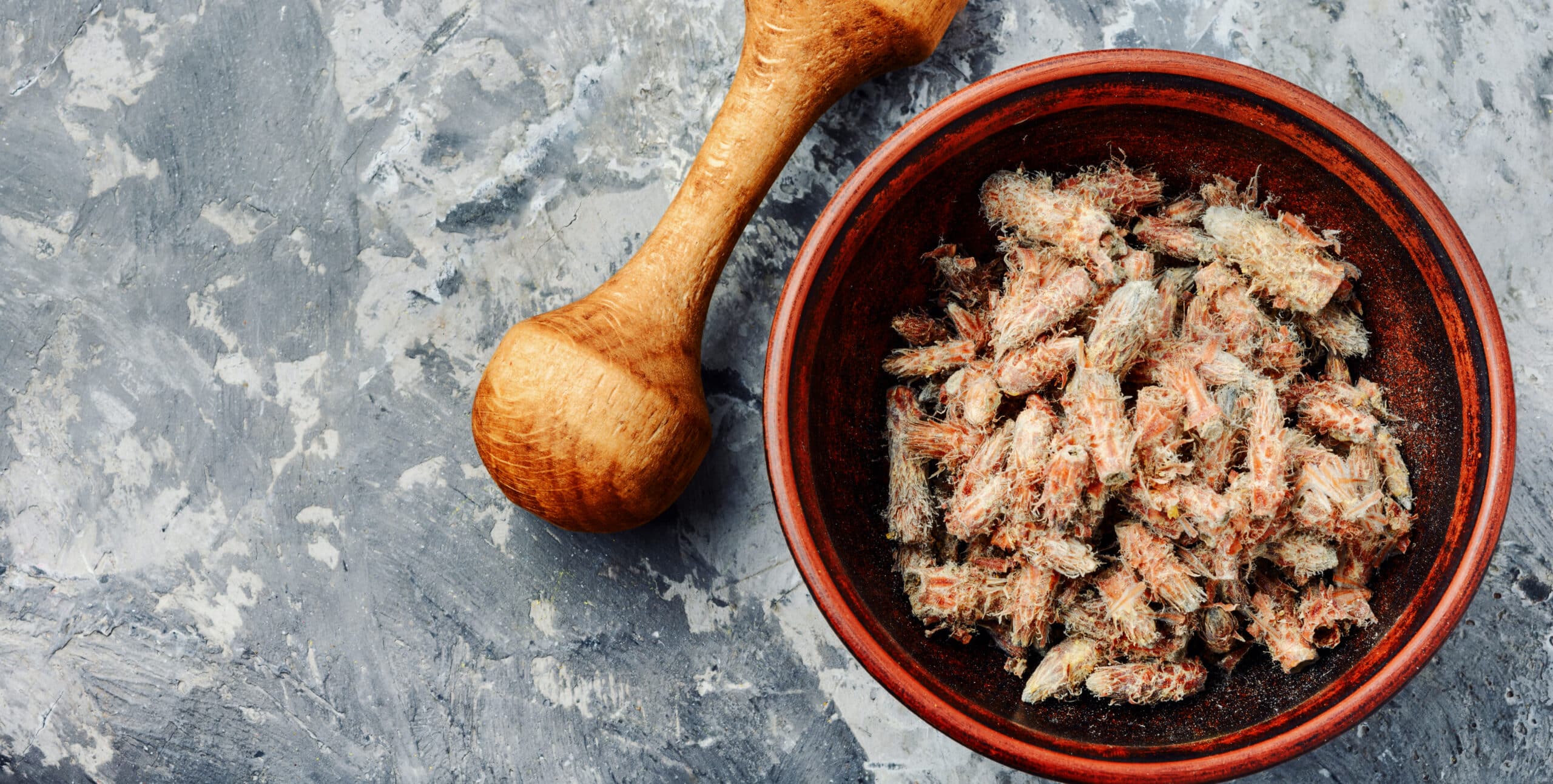What is the Best Homemade Fish Bait?
Key Takeaways
- Homemade Dough Bait Recipe: A versatile and popular homemade fish bait recipe that can be used for various fish species, including catfish and carp. It consists of ingredients like flour, cornmeal, garlic powder, sugar, water, and molasses.
- Microwaved Dough Bait: An easy-to-make dough bait recipe made with all-purpose flour and water. While quantities and directions are not provided, this type of bait is effective for attracting fish like trout.
- Leather Chicken Liver Catfish Bait: A unique homemade fish bait recipe that requires garlic salt and chicken liver. The liver is layered with garlic salt and left outside for a few hours before being used. This bait is specifically designed for catfish.
When it comes to fishing, having the right bait can make all the difference in attracting and catching fish. While there are various types of commercial baits available, many anglers prefer to make their own homemade fish bait. Not only can homemade bait be cost-effective, but it also allows anglers to experiment with different ingredients and create unique recipes tailored to specific fish species.
After researching several sources, including fishing websites and articles, I have compiled a list of the best homemade fish bait recipes mentioned. From dough baits to unconventional options like bacon and marshmallows, there are plenty of enticing options to choose from. Let’s take a closer look at each recipe and its effectiveness.
1. Homemade Dough Bait Recipe
One of the most popular homemade fish bait recipes is the dough bait recipe. It is versatile and can be used for various fish species, including catfish and carp. The recipe consists of simple ingredients like flour, cornmeal, garlic powder, sugar, water, and molasses. By following the provided directions, you can create dough balls that are irresistible to fish.
Source: TakeMeFishing.org
2. Microwaved Dough Bait
Another dough bait recipe mentioned is a microwaved version made with all-purpose flour and water. While this recipe does not include specific quantities or directions, it highlights the simplicity of making dough bait. This type of bait is known for its effectiveness in attracting fish like trout.
Source: Bassmaster
3. Leather Chicken Liver Catfish Bait
A unique homemade fish bait recipe mentioned is the Leather Chicken Liver Catfish Bait. This recipe requires a 32oz. can of garlic salt and 2 pounds of chicken liver. The liver is layered with garlic salt and left outside for a few hours before being stirred and left to sit in the garage for several days. Once ready to use, the remaining garlic salt is added, and the bait can be attached to a hook for fishing.
Source: Coastal Angler Magazine
4. DIY Fish Bait Ideas
If you’re looking for more unconventional homemade fish bait ideas, there are several options mentioned in the sources. For example, you can attach bits of bread, chicken, fish, corn, cheese, hot dogs, or raw bacon to your hook. Cereal flakes can be crushed and formed into little balls, while digestive biscuits can be used to create a lure with smelly foods like maggots or chicken liver. Canned corn can also be threaded onto the hook, and turkey livers are known to be tougher and more effective than chicken livers.
Source: WikiHow
5. Unique Fishing Bait Recipes
For those seeking even more homemade fish bait options, a comprehensive list of 15 unique fishing bait recipes is available. Some interesting recipes include using bacon for bluegills, crappie, and catfish, using bubble gum for trout, and using various types of candies as bait. Other options involve cheese, chicken livers, corn, marshmallows, hot dogs, raisins, soap, canned meat, and sweet fish bait.
Source: Budget101
Conclusion
When it comes to determining the best homemade fish bait, it ultimately depends on the fish species you are targeting and the specific conditions of your fishing location. The recipes mentioned above offer a range of options, from dough baits to unconventional choices like bacon and candy.
It is essential to consider the preferences and behaviors of your target fish species when selecting homemade bait. Additionally, experimenting with different recipes and ingredients can help you discover what works best for you.
Related Websites:
FAQs:
Q: Why is using effective homemade fish bait important?
Using effective homemade fish bait is important because it significantly increases your chances of catching fish during lake fishing. Homemade bait is designed to attract fish by appealing to their senses, giving you a competitive advantage over store-bought alternatives.
Q: What are the benefits of using homemade fish bait?
Using homemade fish bait offers several benefits. It allows you to customize your bait based on the target fish species and their feeding habits. Homemade bait also gives you the flexibility to experiment with different ingredients and scents to attract fish. Additionally, it can be a cost-effective option compared to store-bought alternatives.
Q: How do water conditions and seasonality affect homemade fish bait choice?
Water conditions and seasonality play a crucial role in choosing the appropriate homemade fish bait. Different fish species have preferences for certain types of bait depending on the time of year and water temperature. By considering these factors, you can select a bait that matches the natural food sources available to fish during that specific season and water condition.
Q: Can I create my own unique homemade fish bait?
Absolutely! Experimenting and creating your own unique homemade fish bait recipes is highly encouraged. By testing different combinations of ingredients, scents, and flavors, you can develop a bait that is specifically tailored to your target fish species and personal preferences.
Q: What are some tips for successful homemade fish bait?
To enhance the scent and flavor of homemade fish bait, you can try adding natural ingredients such as garlic, anise oil, or shrimp scent. Proper bait presentation is also essential. Consider using techniques like chumming, using bobbers, or adjusting the bait’s depth to increase its effectiveness.






